Eight ways to improve your cycling ready for the spring
The winter months aren’t very conducive to maintaining a solid level of fitness and keeping in shape. Come spring, many of us clamber back on the bike feeling despondent and bulging around the midriff. Not this year! For once, let’s get off to a flyer — and begin spring as we mean to go on
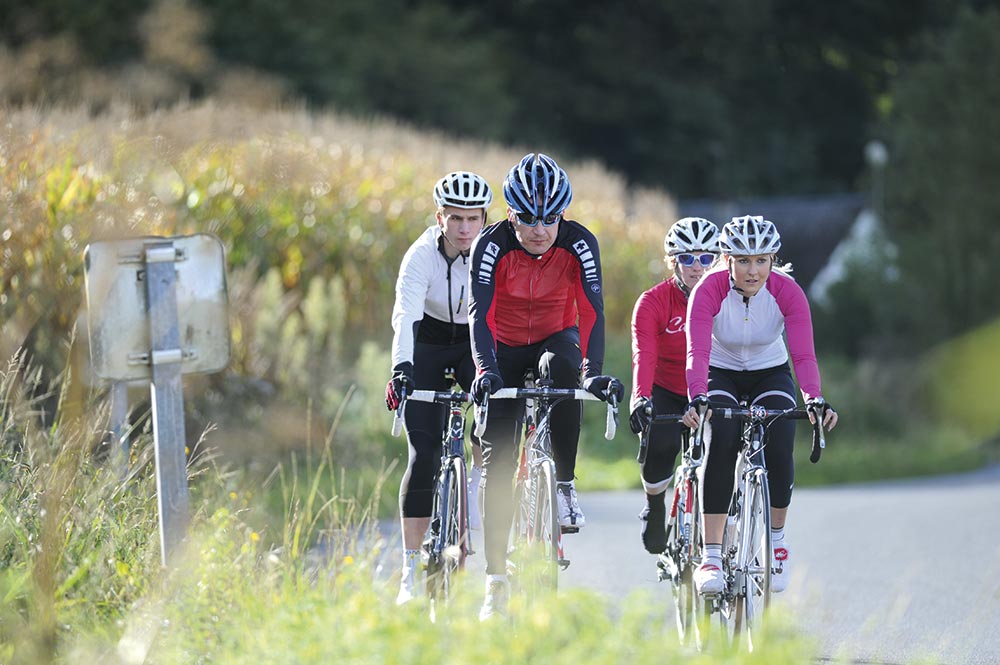
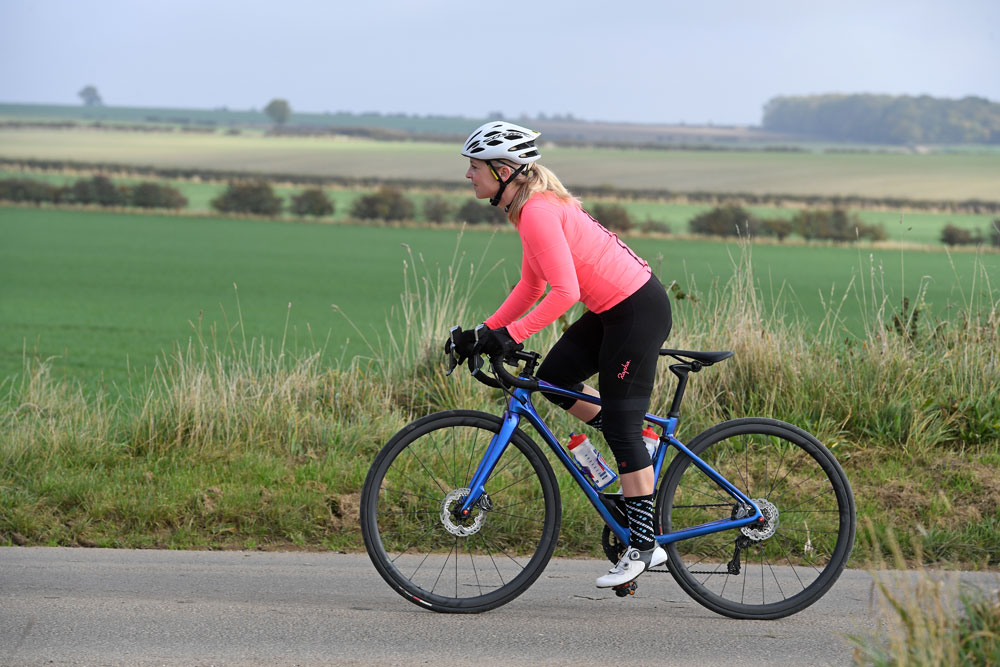
Spring is well and truly on its way, and with the first hint of warmth in the air, it’s time to get ready and raring to go. It will soon be time to kick the turbo to the back of the shed, rip off our leg-warmers to reveal pallid, pale skin and head out the door for the first long ride of the year that neither starts nor finishes in the dark.
>>> Cycling training plan for spring speed
>>> Cycling training plan for spring fitness
After a winter of semi-hibernation, stodgy comfort food and inconsistent riding, cyclists emerge blinking into the sunshine in a less than highly-tuned state. So, we’ve been thinking about pre-spring preparation. When that first glorious morning of warm weather arrives, we are going to be ready for it!
1 Staying healthy
Frustratingly, the end of winter often sees many people fall victim to coughs and colds — just at the time when you want to get outside again. Protecting yourself from illness is often down to simple hygiene, the most important of which is frequent hand-washing — and which is crucial all year round.
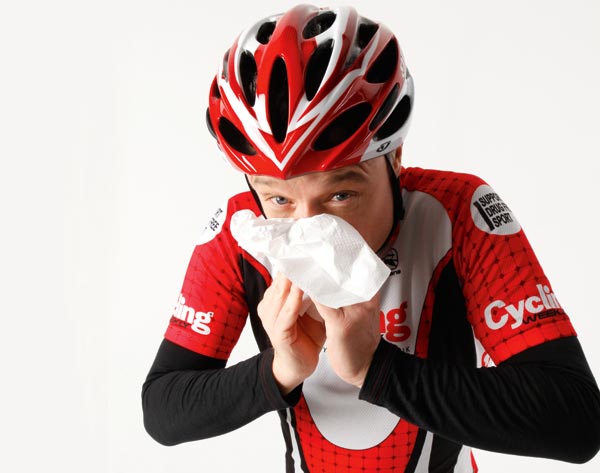
Boost your immune system by getting enough sleep and making sure your diet contains a wide range of immune-supporting nutrients. Each meal and snack should contain fruit or vegetables to keep your vitamin and mineral intake topped up.
Throwing berries on your breakfast cereal can give you a boost at the start of the day; just one cup of strawberries supplies over 100mg of vitamin C, as well as calcium, magnesium and folate. The darker the fruit, the greater (generally) the phytochemical nutrient content. At lunchtime, choose a salad or at least include salad ingredients such as lycopene-rich tomatoes or iron-rich spinach for your sandwich.
Get The Leadout Newsletter
The latest race content, interviews, features, reviews and expert buying guides, direct to your inbox!
>>> How Do I… Stop catching colds?
At dinner, go for it on the vegetable front and include two to three varieties of vegetable, ideally of varying colours, to provide a range of vitamins and minerals. At snack times, opt for a piece of fruit.
By drip-feeding your body with nutrients, it will not only benefit from a superior vitamin and mineral status but the fibre content of these foods will support bowel health and fill you up on relatively few calories.
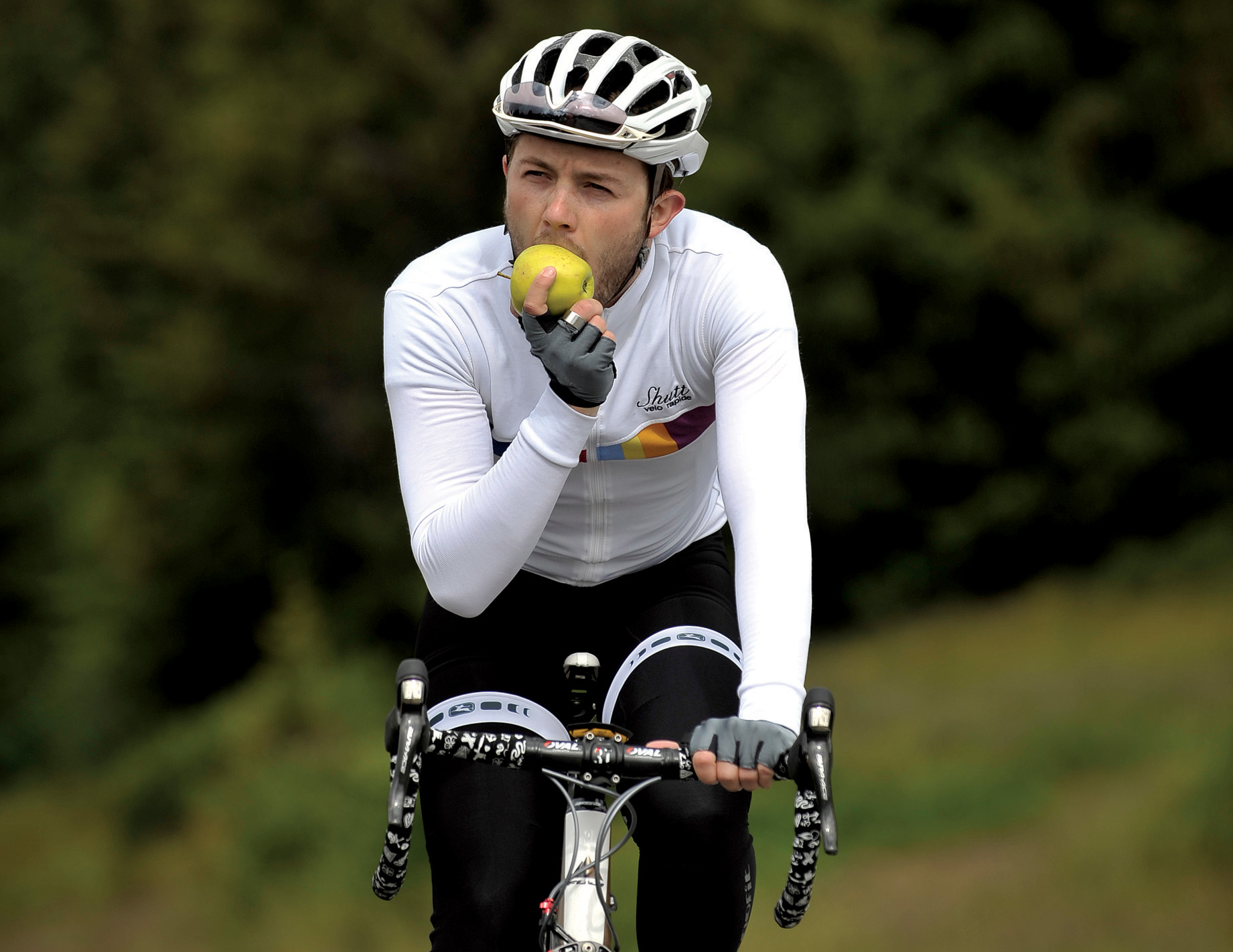
2 Clean up your diet
During the winter months, we often turn to sugary and carbohydrate-dense foods to make ourselves feel better but now is a good time to start weeding out processed and sugary foods. Cutting your intake of processed foods by 50 per cent will benefit both your health and your waistline.
Choosing wholegrain cereals or porridge instead of sugary varieties will get your day off to a good start, and simple swaps such as canned fruit in natural juice rather than syrup will reduce your sugar intake. Choosing whole fruit and drinking with water rather than drinking fruit juice or sugary drinks will do likewise while also helping to fill you up, making it less likely you’ll over-eat or unnecessarily snack.
>>> Six simple steps to healthier eating
Read labels to ensure you are not eating lots of hidden sugars. It is obvious that a doughnut or a cake is full of sugar, but many savoury foods have added sugar too. Check labels for glucose, dextrose, invert syrup, corn syrup, brown or Demerara sugar, glucose syrup, lactose, maltose, hydrolysed starch or treacle.
You will be utterly amazed at how much sugar is in pre-packaged food. Of course, the best way to avoid hidden sugars is to cook from scratch and enjoy the fresh foods now in season.
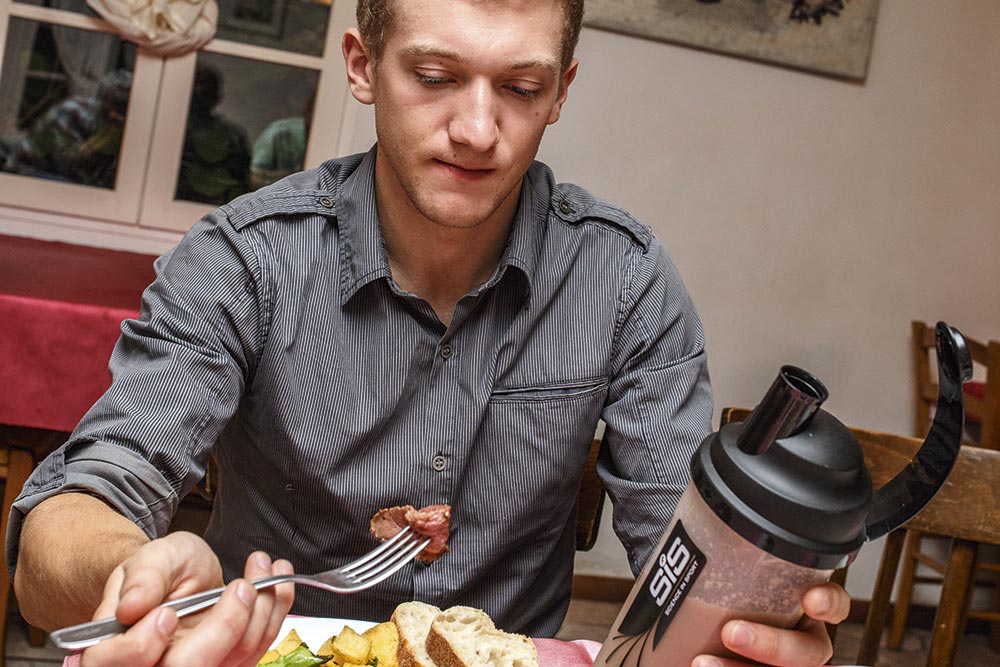
3 Protect your knees
There is a condition known to old-school cyclists and certain physios as ‘spring knee’. This nagging frontal knee pain often occurs at the start of the season when riders have suddenly increased the volume or intensity they are riding. This is a soft tissue injury that can have several different causes: muscular weakness or imbalance, poor technique or biomechanics and an increase in load on muscles not yet conditioned to training.
The extra miles or harder efforts may aggravate an underlying cause that had been lying dormant. Avoid this outcome by building up slowly. If you head out for a 100-mile ride after a winter of inactivity, you would expect to ache and suffer pain. A gradual build-up to longer rides is obviously far better for your body. If you do develop aches, get them checked out early, and ease back a bit on your riding until a cause has been established.
>>> Cycling accessories: Arm and knee warmers
Also, and we can’t stress this enough, keep your knees warm! That means sticking to tights, three-quarters or knee-warmers till temperatures are in the high teens. There is very little flesh around your knees to insulate them from cold weather; the drop in temperature can aggravate tight muscles and exacerbate any knee pain.
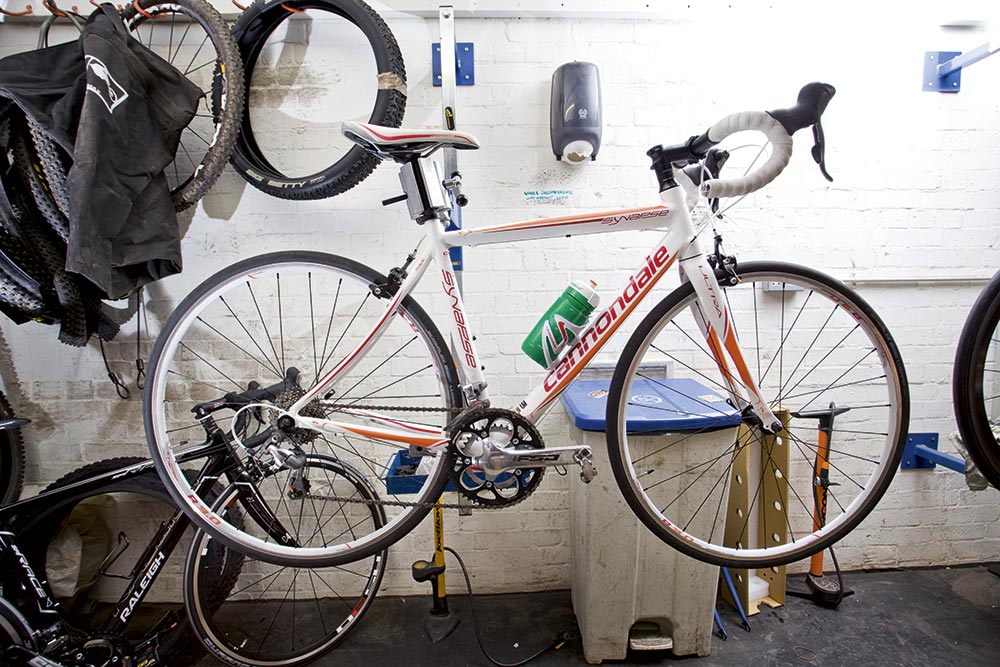
4 Prepare your bike
It’s not just your body that needs to be prepared for spring. You bike does too. Winter riding is hard on your machine; road grit, salt, debris and appalling weather means a lot more wear and tear than in summer months.
When the weather is horrible, the thought of cleaning your bike in the cold or hanging around down in the shed fixing things is less desirable, so maintenance is often allowed to slide. It’s OK, you can admit this, who wants to be outside cleaning their bike after a wet ride when you could be in a hot bath drinking tea?
>>> 11 things you need to maintain your bike
Give your bike a thorough service, checking tyres, drivetrain and cables for wear and tear. Now would be a good time to replace that rusty chain and lubricate that cassette. Taking off mudguards and light brackets, putting on lighter tyres and even refreshing your bar tape can make your bike feel like new when you go out for your first spring ride.

Credit: Cycling Active
Cycling training plans: for beginners, intermediates and racers
Get into cycling, get fitter, or ride faster with our cycling training plans
5 Eat your spring greens
Spring means a wealth of fresh veg. The first to emerge are the green things: cabbages, beans, peas and the short-lived asparagus season. Fragrant and nutty, spring green cabbage can be used raw in juices or salads or steamed or stir-fried to retain maximum nutrients on cooking.
With an average portion providing more than the daily recommended nutrient intake (RNI) for vitamin C, as well as vitamins A and E, cabbage provides lots of antioxidants to help your body copy with the demands of training and stay well.
>>> Nutrition for cycling: 10 tips to get your food and drink dialled
Asparagus is rich in vitamins C and E and antioxidant glutathione. Helping to reduce the risk of upper respiratory tract infections, it’s perfect food for an endurance cyclist. Also containing vitamin K, which promotes blood-clotting, asparagus is heart-healthy too.
Broad beans are a great source of iron and protein. They’re rich in fibre to keep the digestive system healthy and great at promoting favourable blood pressure by providing potassium. Containing L-dopa, a chemical the body uses to produce dopamine, an important neurotransmitter involved in mood control and motivation, you may even be keener to get on the bike.
6 Add a tempo session
When you first get on the bike, it’s normal to feel sluggish and slow (unless of course you spent a devoted winter on the turbo). The speed and agility of last summer will seem like a distant memory and you’ll wonder if you’ll ever recover that fitness again. Don’t worry, we’ve all been there — and form does come back.
The first thing to do is add in some tempo or sweetspot riding. These efforts need last only five to 20 minutes but will need you to focus to sustain an effort that, though uncomfortable, is manageable. At first, you won’t feel very fast but over time these sessions will be the building block of your fitness. They will gently ‘nudge up’ your lactate threshold from beneath.
>>> Take-home training session: leg speed
You could also go the other way and do some really hard but short efforts to help pull your threshold up from above. Now popularly known as HIIT (high intensity, intermittent training) these sessions, while short, are tough, so not to everyone’s liking. You can’t really see the scenery when your eyeballs are out on stalks, but HIIT really works.
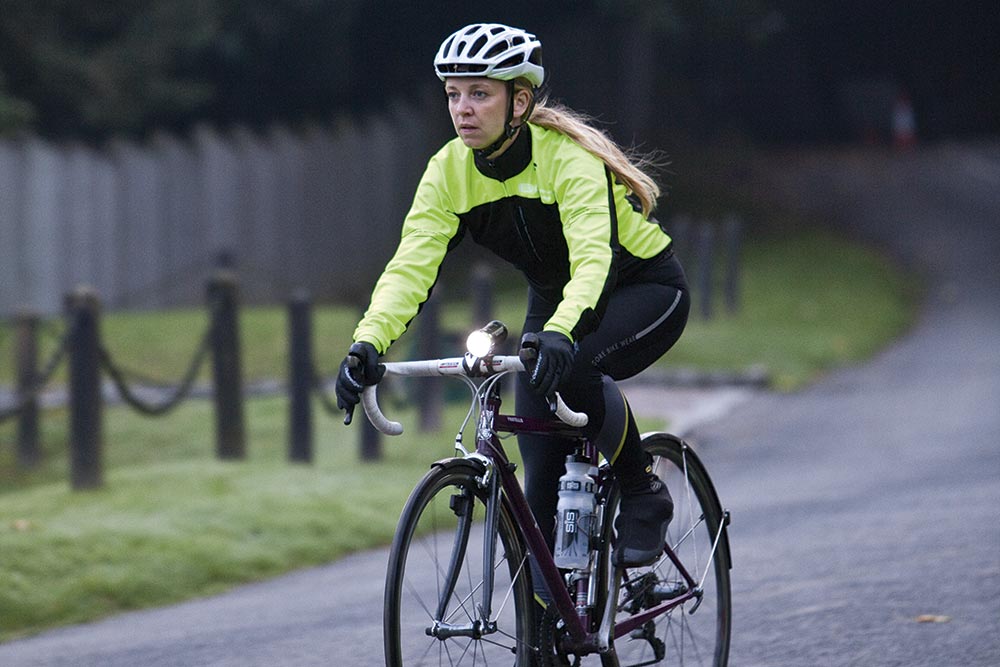
7 Go outside
This winter has seen a huge trend towards indoor training; hours spent on Zwift have increased in popularity, and the newly coined phrase ‘trainertainment’ represents the new levels of interest in virtually-enhanced turbo work.
The problem is that, while training indoors using all these gadgets might help maintain or even increase our fitness, it doesn’t do much for our bike-handling skills.
>>> How to master a long climb
After a winter of having your bike fixed firmly to the spot, your first attempt at cornering might come as a shock. Skills do come back pretty quickly but you may be surprised how stiff and wooden you feel on your first ride of the spring.
Just because your legs are strong and fast from the turbo, don’t go flat-out, as you may find your engine’s capabilities exceeding your handling. Start with a few steady rides and actively concentrate on skills such as cornering, descending and track-standing to make sure your balance and technique are up to scratch. Once you combine these skills with your turbo-boosted fitness, you’ll be ready to fly.
8 Do an evening ride
One of the first landmarks of spring is leaving work in the daylight after the clocks have gone forward. It's not too long - and once it happens, you will feel like you have been given an extra chunk of day to play with, even if you might not have any extra hours to spare. If you can, take advantage and plan an evening ride.
>>> Best front bike lights for under £100
Though the air may still feel cool, and the weather is unpredictable, enjoy riding until dusk — appreciating the sunset and scenery instead of commuting home with just the small patch of light from your handlebars as company.

Thank you for reading 20 articles this month* Join now for unlimited access
Enjoy your first month for just £1 / $1 / €1
*Read 5 free articles per month without a subscription

Join now for unlimited access
Try first month for just £1 / $1 / €1
Hannah Reynolds interest in cycling began while studying for a degree in Sports Science at the University College Chichester and surrounded by elite level cyclists. She is now undertaking a PhD at Sheffield Hallam University investigating the use of e-bikes by older people.
A committed dabbler whose passion outweighed her talent Reynolds has competed across all disciplines of cycling bar BMX. In the very distant past she has been south-east road race champion, southern cyclo-cross champion and finished third in the European 24hr Solo mountain-bike champs in 2011. She was also the Fitness Editor of Cycling Weekly for 15 years.
Hannah Reynolds is author of several cycling books, France-en-Velo a guide to the ultimate 1000 mile cycle route from the Channel to Med; Britain's Best Bike Ride. LEJOG1000; A 1000 mile journey from Land's End to John o' Groats and 1001 Cycling Tips.
-
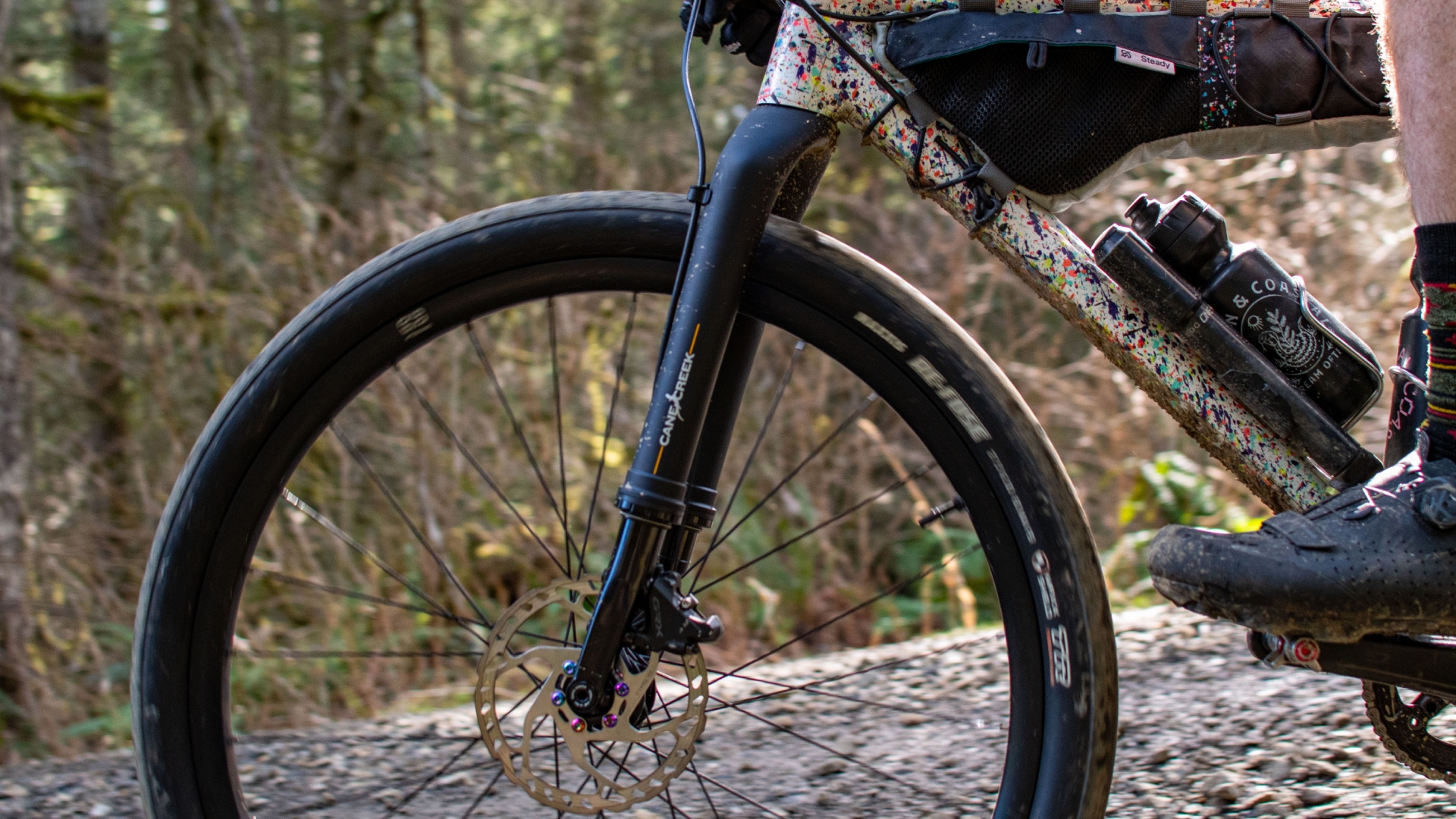 Review: Cane Creek says it made the world’s first gravel fork — but what is a gravel fork, and how does it ride?
Review: Cane Creek says it made the world’s first gravel fork — but what is a gravel fork, and how does it ride?Cane Creek claims its new fork covers the gravel category better than the mini MTB forks from RockShox and Fox, but at this price, we expected more.
By Charlie Kohlmeier
-
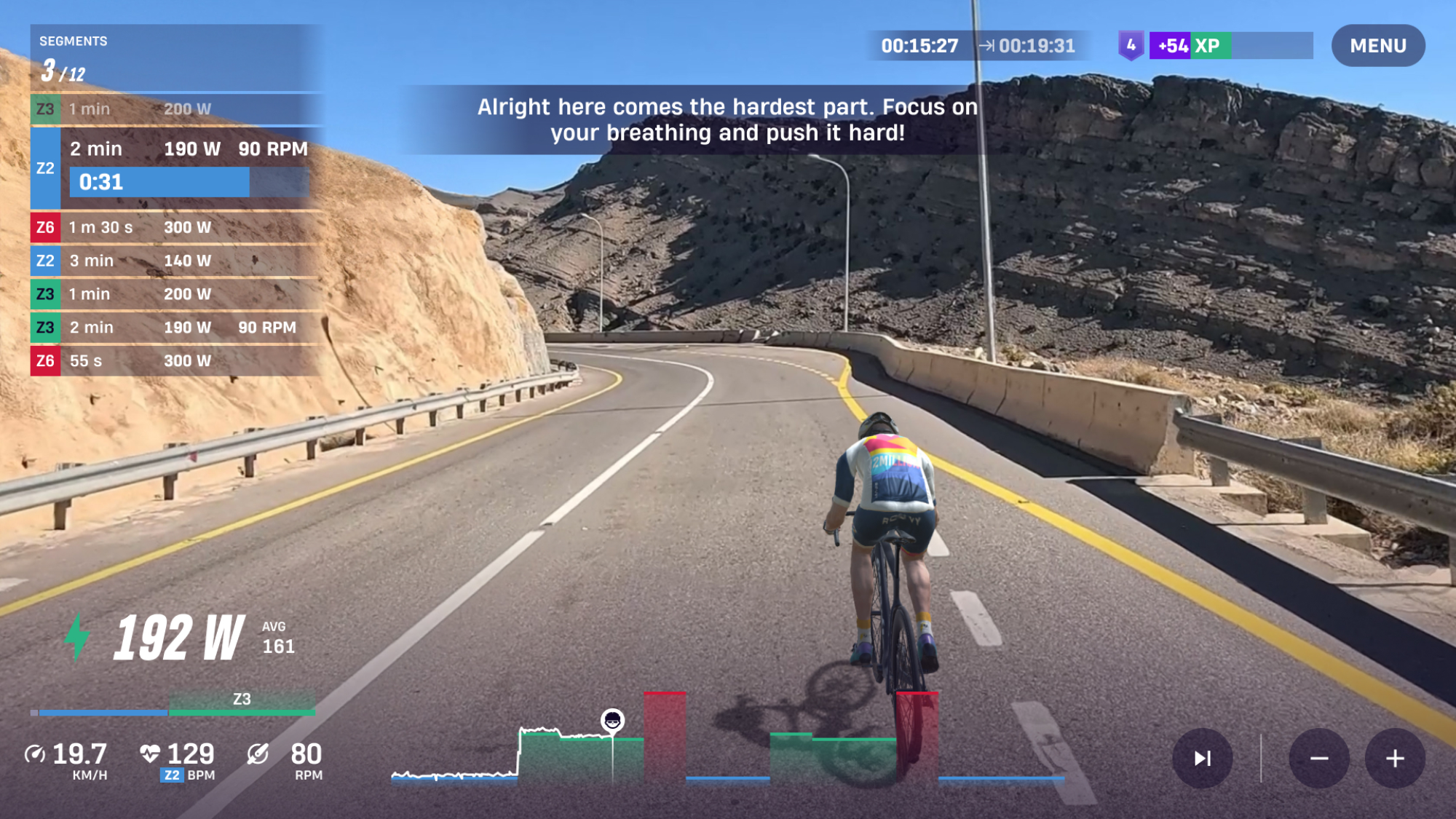 ROUVY's augmented reality Route Creator platform is now available to everyone
ROUVY's augmented reality Route Creator platform is now available to everyoneRoute Creator allows you to map out your home roads using a camera, and then ride them from your living room
By Joe Baker